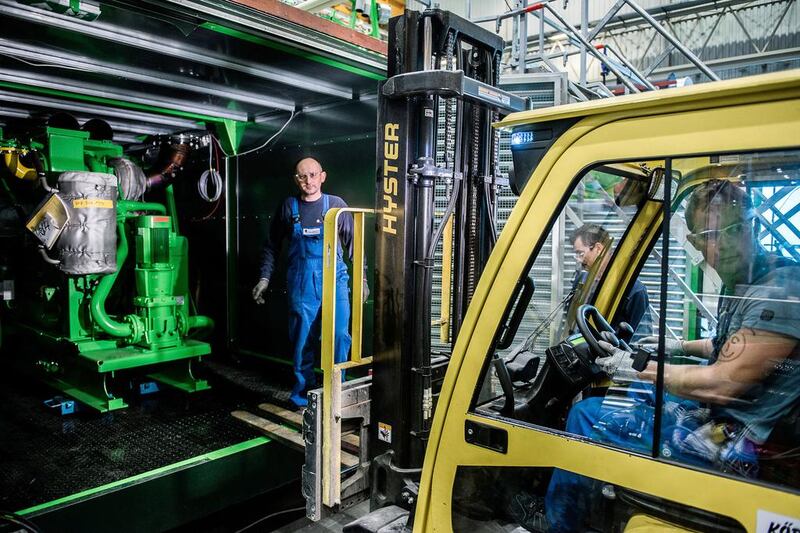After years of focus on global warming, one might think that all of the easy measures for reducing greenhouse gas emissions had been taken. Yet as the COP21 conference on climate change gets under way today in Paris, some surprisingly low-hanging fruit remains.
I don’t mean small fruit, either. I’m talking about big, high-yield fruit. Consider this: fitting energy-efficient electric motors on all pumps and fans with devices to regulate their speed would save 3,338 terawatt hours (3.3 million gigawatt hours), roughly equivalent to the amount of electrical energy produced in the European Union in 2013. (The calculation is based on ABB’s installed base of variable-speed drives, which covers about 20 per cent of the global market and is estimated to be saving some 445 TWh of electricity annually.)
The opportunity is so huge because electric motors are among the biggest consumers of energy. They power all manner of equipment and account for about 40 per cent of all electricity consumed worldwide. In the EU, they are responsible for about 12 per cent of total CO2 emissions, second only to space-heating products, according to the European Commission.
In recent years the EU, along with several other countries, such as the United States and China, has imposed new rules requiring older, energy-hungry motors to be phased out. These rules, known as Minimum Energy Performance Standards (Meps), specify the minimum acceptable efficiency levels of a product, defining which products can be marketed and sold. Typically, these Meps become more stringent over time. In the EU, for instance, rules requiring a higher efficiency class of motors came into effect in January 2015.
Meps in Europe and their equivalents in other countries will ultimately lead to the upgrading of the installed base of electric motors. However, at the current pace of implementation, and taking account of loopholes and enforcement issues, they are likely to fall short of the energy savings needed to achieve climate goals, especially given that global energy consumption is expected to increase by 30 per cent over the next 15 years.
One reason is that Meps specify the efficiency of individual products, in this case electric motors, rather than the efficiency of motor systems. No matter how efficient a motor is, if it cannot regulate its speed according to load, it will always be operating at full throttle. Legislation is gradually changing to take account of this – for instance, EU rules that came into force in January this year specify that certain less-efficient motors must be able to adjust their speed. But only about 10 per cent of motors in service worldwide are currently equipped with (variable speed) drives that allow them to do this, even though the energy savings can be substantial – up to 50 per cent in some cases.
Another challenge is to establish common Meps globally. Again, progress is being made in this area, with more and more countries moving towards harmonised standards, but much remains to be done. A study commissioned by the European Commission in September on the savings and benefits of global regulations for energy-efficient products concluded that, if the most stringent current Meps for product energy efficiency were harmonised today, global final energy consumption would be 9 per cent lower, and energy consumption due specifically to products would be 21 per cent lower. This would save 8,950 TWh of electricity, the equivalent to closing 165 coal-fired power plants, or taking 132 million cars off the road.
The clock is ticking on climate change. The weight of scientific opinion is that we don’t have much more time to turn the tide on emissions, otherwise it will not be possible to limit global warming to two degrees above pre-industrial levels, which is considered the maximum temperature rise we can sustain without triggering potentially catastrophic climate events.
Of all the actions that can and are being taken to limit carbon emissions and mitigate the effects of climate change, none holds out more promise than improving energy efficiency.
There are numerous measures that can be undertaken immediately, without fear of harming economic growth. Indeed, since most investments in energy-efficient technology are paid back within a year or two through lower energy costs, they can significantly boost competitiveness and through the replacement of old equipment generate additional economic activity. Fruit doesn’t hang much lower than this.
Ulrich Spiesshofer is the president and chief executive of ABB corporation, which operates mainly in robotics, power and automation technology areas.
business@thenational.ae
Follow The National's Business section on Twitter





